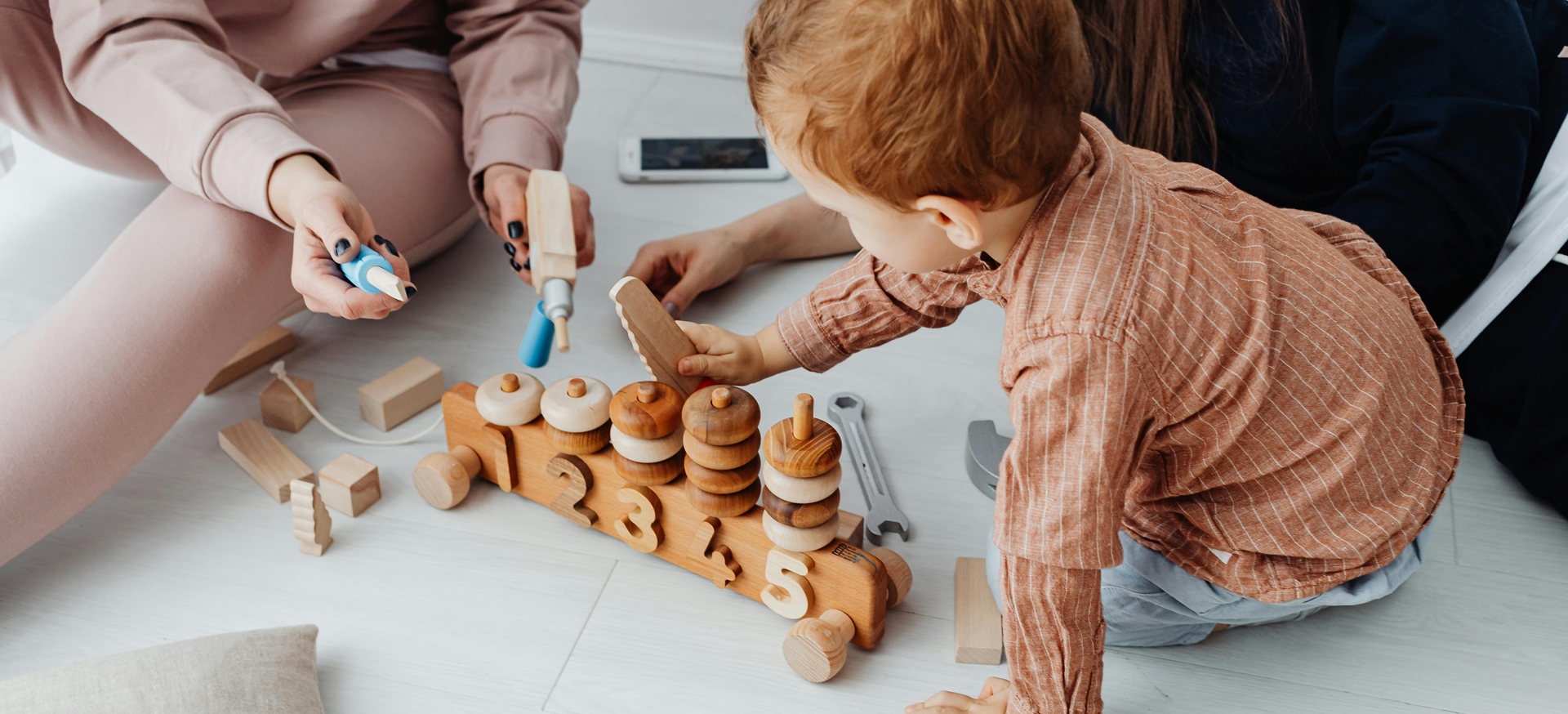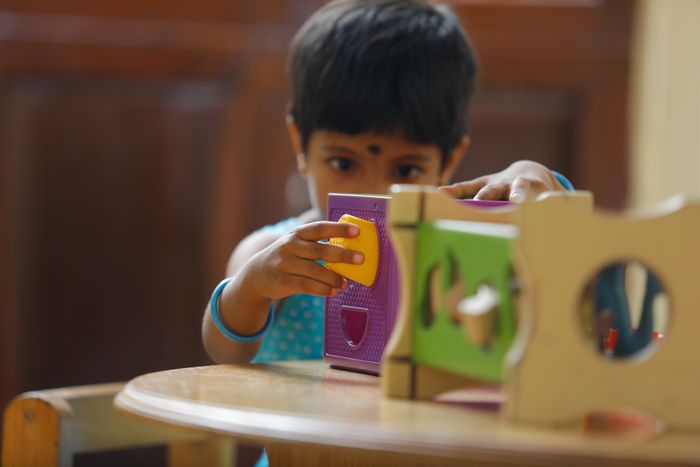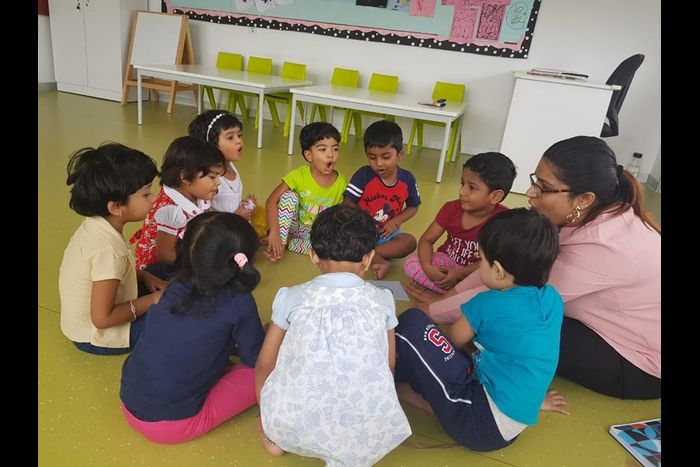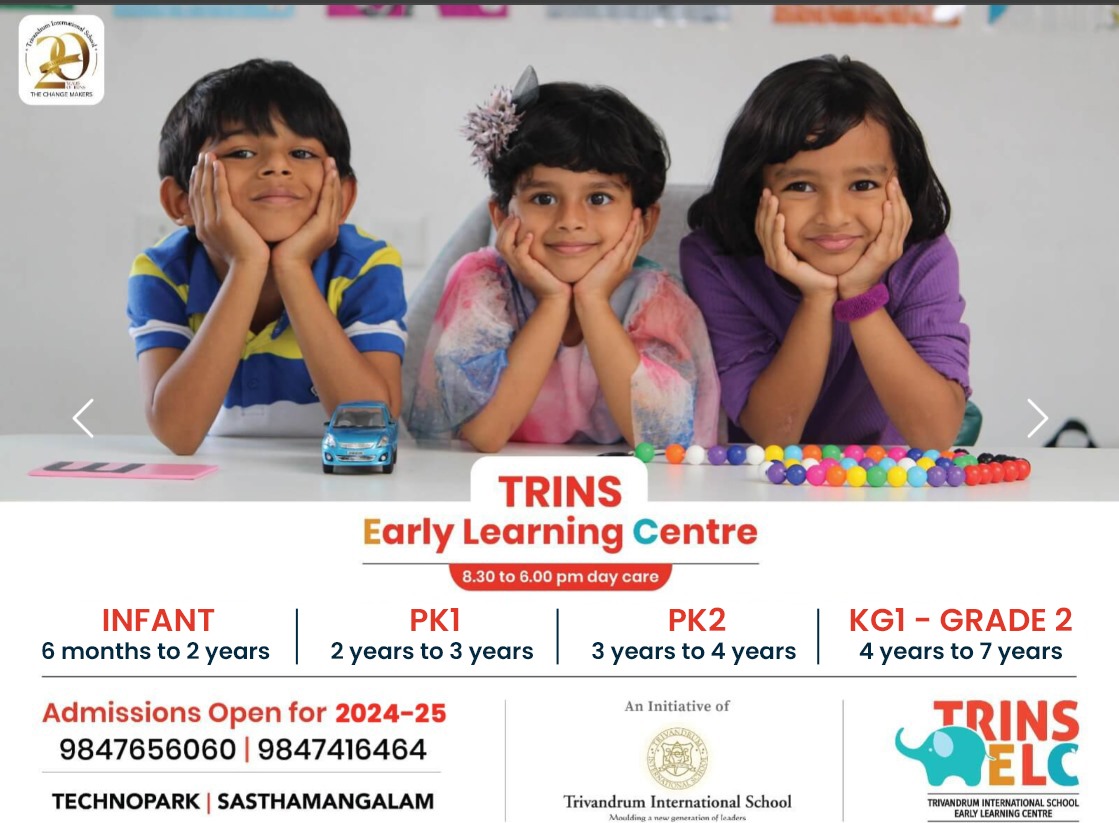


How Early Childhood Environments Shape Lifelong Learners

Foundations Built Early
The early years of a child’s life are a time of extraordinary growth and development. From birth to age six, the brain forms more than a million neural connections every second. During this critical window, the environment surrounding a child plays a decisive role in shaping their cognitive, emotional, and social development. More than just a backdrop to learning, the early childhood environment acts as a co-teacher—guiding exploration, nurturing curiosity, and fostering habits that endure for a lifetime.
The Environment as the Third Teacher
In Reggio Emilia-inspired philosophies and other progressive educational models, the learning environment is often referred to as the “third teacher,” after parents and educators. This approach emphasizes that the design, structure, and atmosphere of early learning spaces have a direct impact on how children engage, interact, and discover. Classrooms that are warm, inviting, and organized inspire children to feel safe, confident, and ready to explore. Natural light, tactile materials, cozy reading nooks, and spaces for collaborative play all work together to stimulate both independence and cooperation.
Social and Emotional Security
When children feel secure and supported, they are more likely to take risks, make mistakes, and grow. A well-designed early childhood environment prioritizes emotional safety by offering consistent routines, familiar spaces, and nurturing adult-child relationships. When educators create a predictable and responsive environment, children are empowered to express themselves, build relationships, and begin developing emotional intelligence. These early experiences become the foundation for resilience, empathy, and positive communication skills—essential qualities for lifelong learning and healthy social functioning.
Stimulating Cognitive Development
Environments that offer varied, open-ended materials and opportunities for hands-on exploration are essential for developing cognitive skills. Sensory play, puzzles, storytelling corners, and art stations help children build focus, problem-solving abilities, and creativity. These early experiences help lay the groundwork for executive function skills such as working memory, flexible thinking, and self-regulation—all of which are predictors of academic success later in life. Importantly, the learning environment should offer just the right amount of challenge—not too easy to become boring, nor too difficult to become frustrating.
Fostering Independence and Intrinsic Motivation
One of the hallmarks of an effective early learning environment is its ability to encourage autonomy. When children have access to child-sized furniture, labeled storage, and self-serve areas, they are able to make choices and take responsibility for their actions. This supports a sense of ownership over their learning, which is key to developing intrinsic motivation. Lifelong learners are not driven by external rewards, but by an inner desire to explore, discover, and understand. By encouraging independence early on, educators help children become confident, self-directed learners.
A Lifelong Impact
The quality of early learning environments leaves a lasting impression. Research consistently shows that children who attend nurturing, stimulating early education settings perform better academically, have stronger social skills, and demonstrate greater motivation in later schooling. More importantly, they grow into adults who are curious, resilient, and eager to keep learning. In shaping these environments with care and intention, we don’t just prepare children for school—we prepare them for life.
Early childhood environments are not merely places where children play. They are dynamic ecosystems that support holistic development. By understanding and optimizing these spaces, educators and caregivers play a crucial role in shaping the next generation of lifelong learners.





